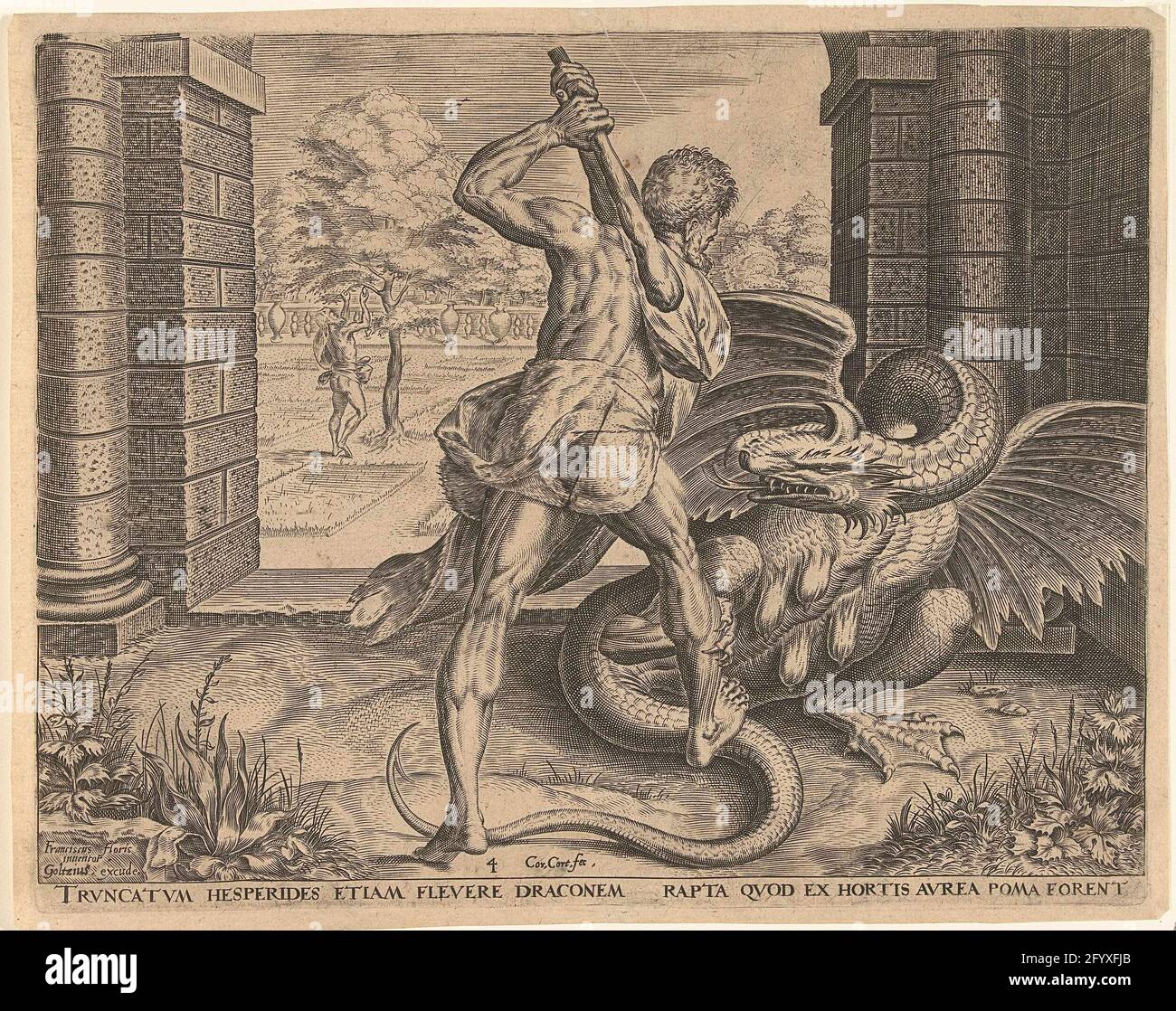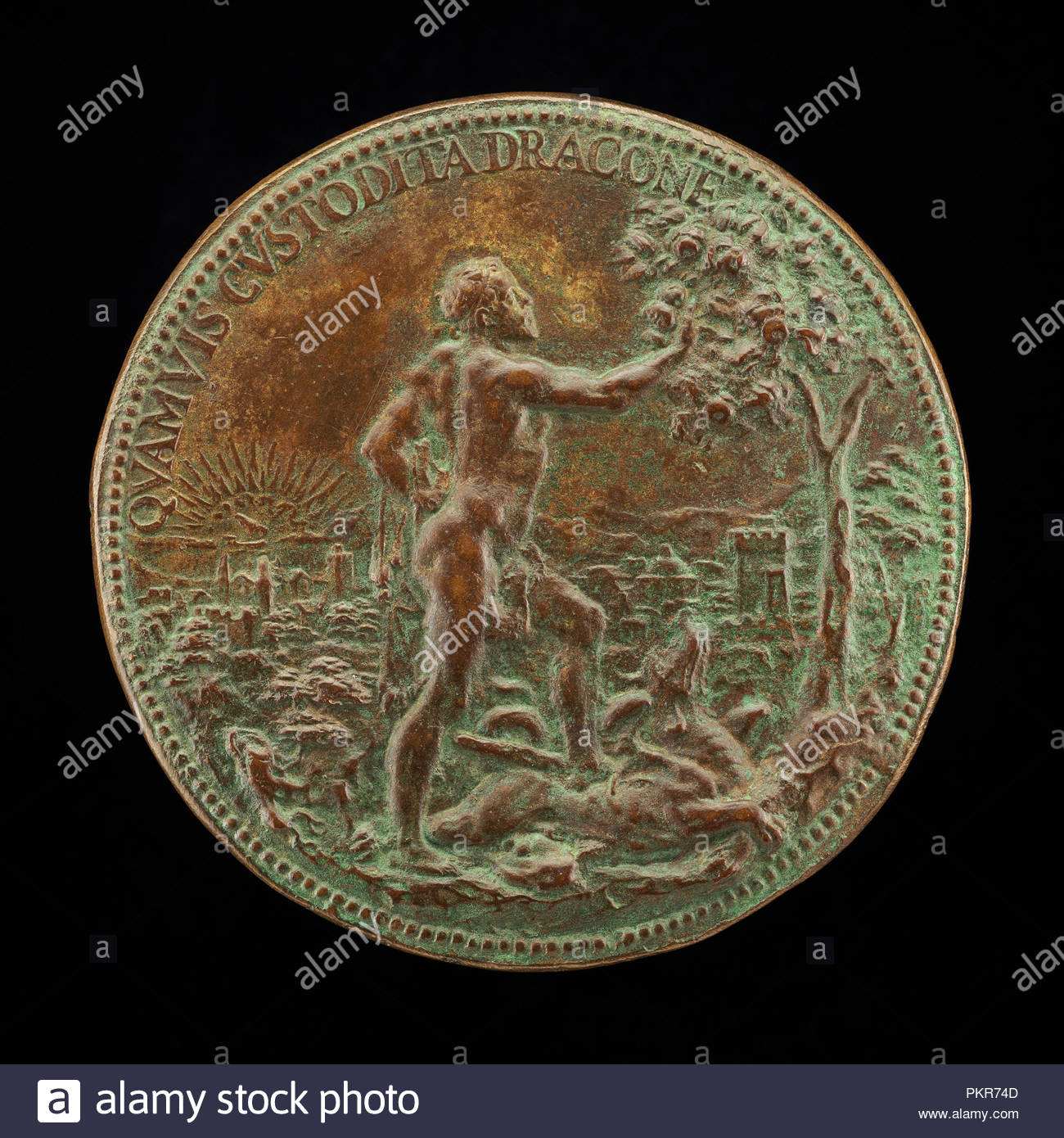
Ladon was the dreaded guardian of the Garden of the Hesperides. In some depictions, he is represented fighting Heracles, but in others Heracles apparently avoided the serpent by sending Atlas to fetch the apples for him. A number of vases from South Italy feature Ladon together with the Hesperides or being fed by the Hesperides. In surviving art, Ladon is typically shown in the Garden of the Hesperides. Īttic red-figure hydria by the Hesperides Painter showing Heracles in the Garden of the Hesperides, with women, a satyr, Pan, and the serpent Ladon wrapped around the apple tree (early fourth century BCE). These included a wooden statue group created by Theocles for the Treasury of the Epidamnians in Olympia, which showed the serpent coiled around the golden apple tree in the Garden of the Hesperides. Iconographyīy the mid-sixth century BCE, Ladon was a popular subject in the visual arts, appearing in works that were famous in antiquity but that unfortunately have not survived. Ladon was sometimes identified with the constellation Draco (also called Ophis by the Greeks).

The mythographer Apollodorus upgraded Ladon’s sleeplessness to immortality. Ladon was also described as having a tawny back, and a few sources reported that he never slept.

But this seems to have been an idiosyncratic description, with most sources representing Ladon with only one head (though some early artistic representations did give him as many as two or three). Ladon was a serpent of notable size-the equivalent, perhaps, of what we would now call a “dragon.” In one tradition, he had one hundred heads and many terrifying voices, much like the monster Typhoeus. Some sources were more vague about the location, saying that it was somewhere beyond Oceanus, possibly even beneath the earth or at the end of the world. Other sources, however, located the garden in the Far North, near the land of the Hyperboreans. This garden was usually placed somewhere in the West, either near Atlas and the Atlas Mountains, the “land of the Aethiopians,” Libya, or the remotest corner of Africa. Ladon guarded the Garden of the Hesperides-and in particular, the golden apples hidden there.

It does, however, resemble the names of other snakes and dragons of Greek myth, which tend to exhibit a similar “-on” ending examples include Typhon (also called Typhoeus), Python, and Glycon (as well as the generic Greek word drákōn, mentioned above). Most accounts refer to the serpent that guarded the Garden of the Hesperides simply as ὄφις ( óphis) or δράκων ( drákōn), generic words meaning “snake.”īecause Ladon’s name is so uncommon, its etymology is obscure. Ládōn) rarely appears in ancient sources.


 0 kommentar(er)
0 kommentar(er)
